Everything You Need To Know About The Chernobyl Fiasco
On April 25-26, 1986, the 20th century’s most catastrophic nuclear power plant accident occurred in Eastern Europe in Pripyat, Ukraine.
The Chernobyl disaster influenced activist groups and environmentalists, and the physiological impact on the region was profound. Tragically, this disaster could have been prevented. Let’s learn about the negligence that caused one of the worst disasters in history.
Human Error and Negligence
The Chernobyl disaster happened because of human error and negligence, and in a way, this disaster was completely predictable and inevitable. The staff at the facility was poorly trained, and there were no safety measures in place that could have prevented this from happening.
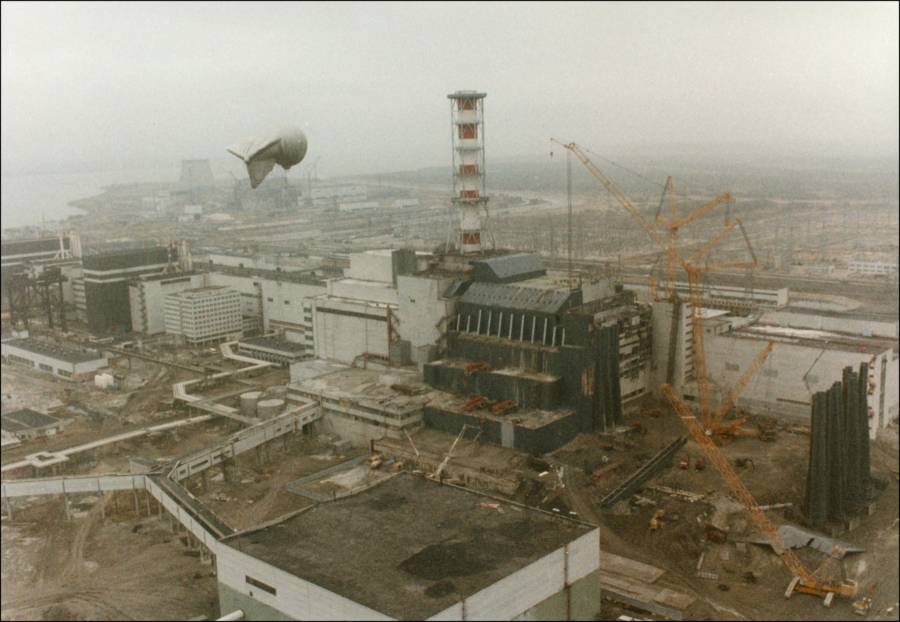
It all started when a late-night safety test didn’t go as planned. When Reactor 4 started to be unmanageable, steam and water merged to lead to an explosion. The result was an open-air graphite fire. That night, two workers died, but the impact on other people lasted for a lifetime.
More and More Deaths Started Happening
The days following the disaster saw 134 servicemen hospitalized because they were working to clean the area up. 28 died from ARS (acute radiation syndrome) out of those men.
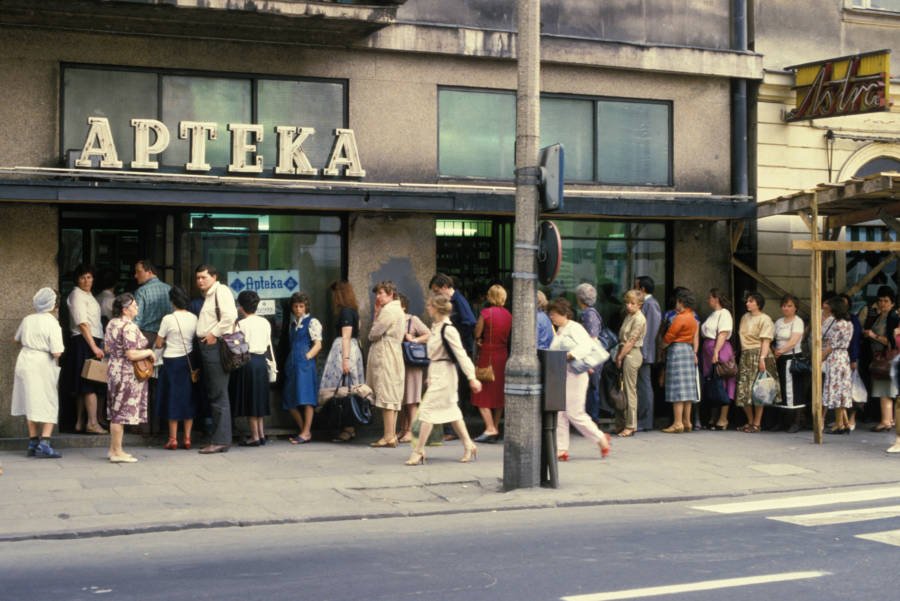
In the following years, 14 more of these servicemen died from cancer that was caused by their contact with the radiation. These brave souls sacrificed their lives to try to stop the disaster. Meanwhile, the world looked on in horror as an entire region was destroyed.
The Suicide Squad Who Sacrificed Everything to Save Others
The disaster would have been much worse had it not been for a hero named Alexander Akimov and a brave team of workers. As soon as they shut down the reactor, Akimov declared an emergency. Too late, Akimov realized how bad the damage was as the reactor started leaking dangerously high radiation levels.
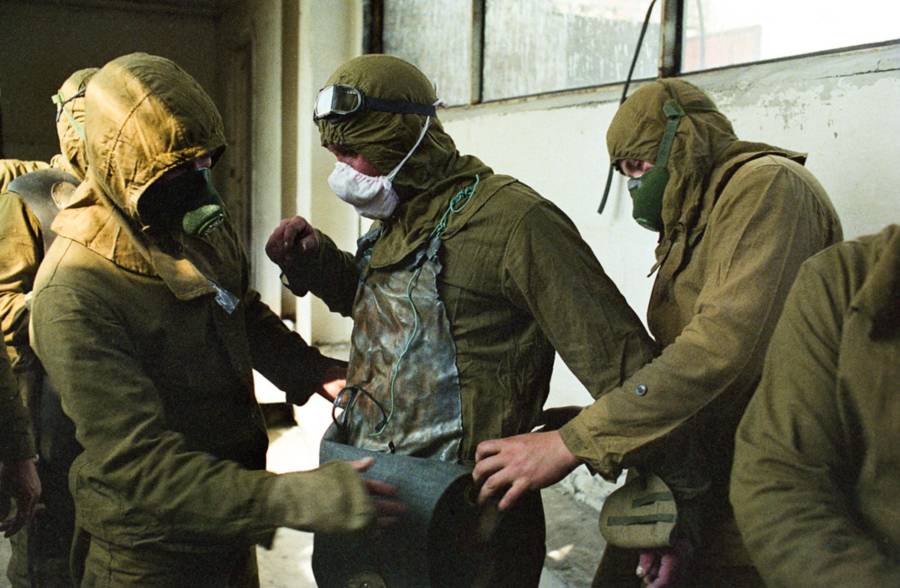
Akimov didn’t evacuate the nuclear power plant. instead, he and his team stayed behind and entered the chamber where radioactive waters were standing waist-high. This “suicide squad” went into the water as deep as possible to turn on the emergency pumps that would flood the reactor and stop the release of even more radioactive materials.
No Protective Gear
Akimov’s team didn’t have any protective gear as they manually pumped feedwater into the damaged reactor, and their work cost them their lives. These men likely knew that they were going to die, but their heroic work dramatically impacted the damage to the reactor.
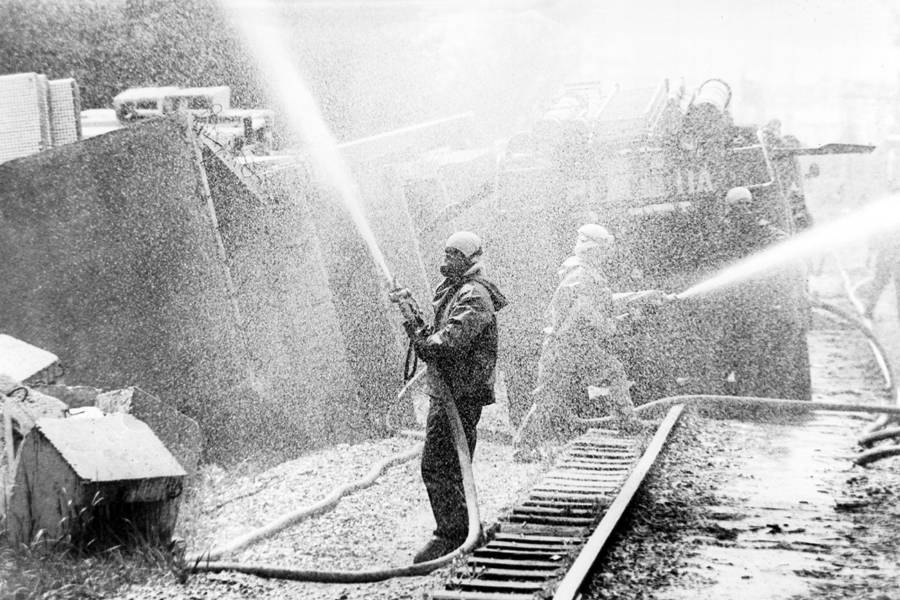
The number of lives the suicide squad saved by sacrificing their own is immeasurable. Had they not done what they did, the damage would have affected most of Europe. These brave men included Akimov, Alexi Ananeko, Valeri Bezpalov, and Boris Baranov.
Everyone Had to Evacuate the Area
Beginning 36 hours after the reactor’s damage, Soviet authorities began relocating everyone who lived within the exclusion zone, which was about 30 kilometers. Within a month, everyone within this area was evacuated. This meant that about 116,000 individuals were forced to quickly gather all their belongings and seek out new homes. If they didn’t, they stood a strong chance of dying from radiation poisoning.
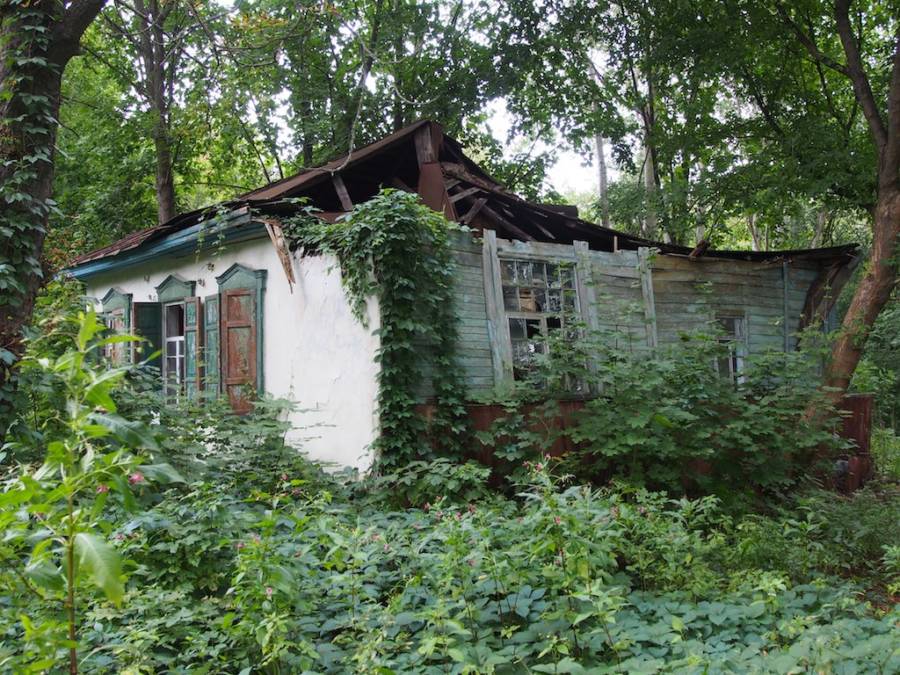
According to a United Nations 2005 report, the biggest impact was on the mental health of more than 600,000 people who lived in the impacted areas.
An Ongoing Death Toll From Thyroid Cancer
The Nuclear Energy Institute said that the disaster at Chernobyl caused at least 4,000 thyroid cancer cases, and some deaths were still occurring in 2004. In anticipation of this probability, children who lived in the contaminated areas were administered thyroid medication in high doses to try to decrease the risk of increased radioiodine.
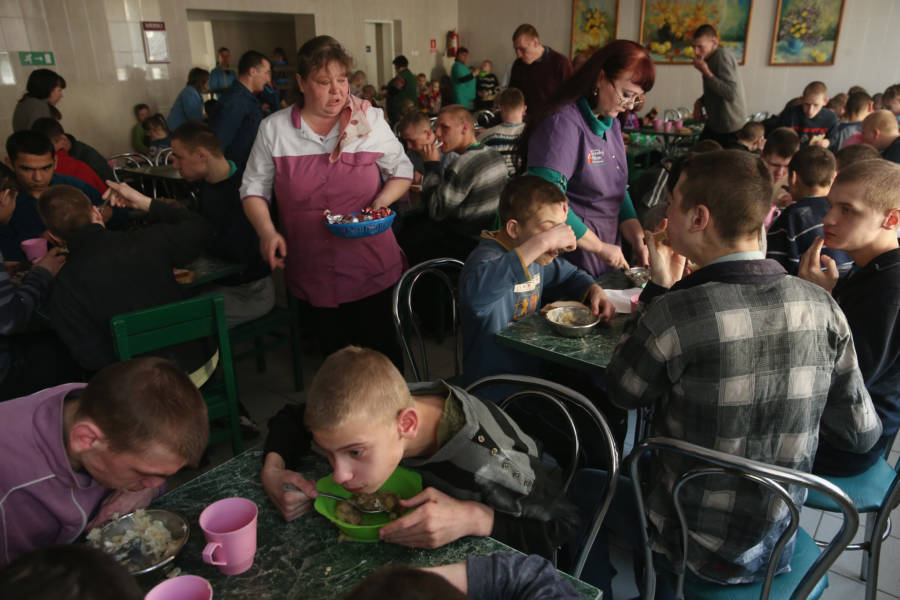
Radioiodine had seeped into the area’s milk supply and even contaminated the soil. As cows grazed on grass that was growing in this contaminated soil, a concerning steep spike of thyroid cancer began showing up in children in Ukraine, Russia, and Belarus.
Birth Defects Started Showing Up
Because of the disaster, birth defects spiked in people who lived in the area. In Rivne, 22 out of every 10,000 infants born during the Chernobyl era were born with severe birth defects that included congenital tailbone tumors, conjoined twins, congenital heart defects, and microcephaly.
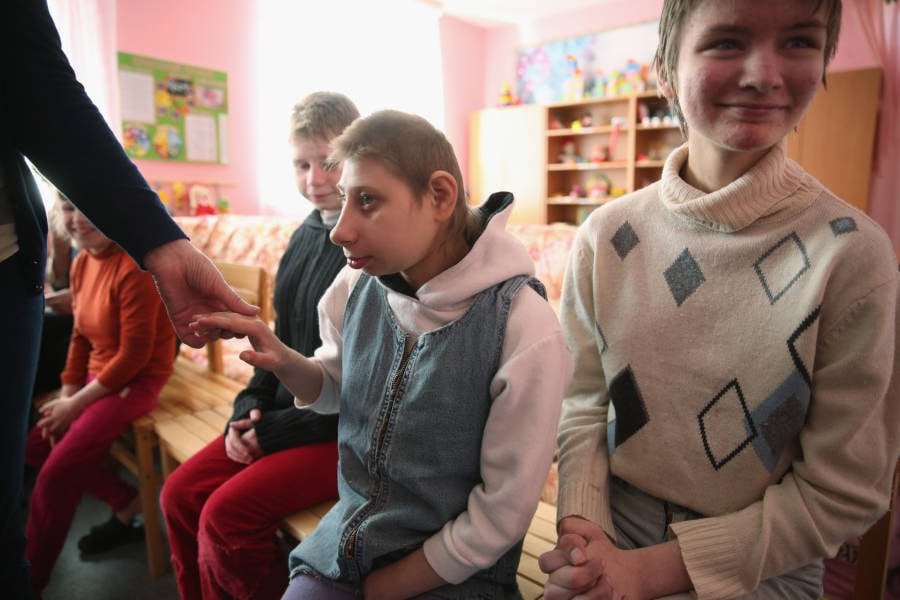
On average, these birth defects occur in only 9 out of every 10,000 infants in the rest of Europe. While many authorities claim that the issue is closed, people affected by this disaster still experienced these birth defects as late as 2006. These birth defects led to a rise in disabilities as well.
Reactor 4's Sarcophagus
Unfortunately, the original design of Chernobyl didn’t include a sarcophagus, which is a containment structure that could have prevented the escape of radiation in the event of structural failure. However, following the disaster, Russia built a temporary enclosure as an emergency response to lock in the dangerous reactor.
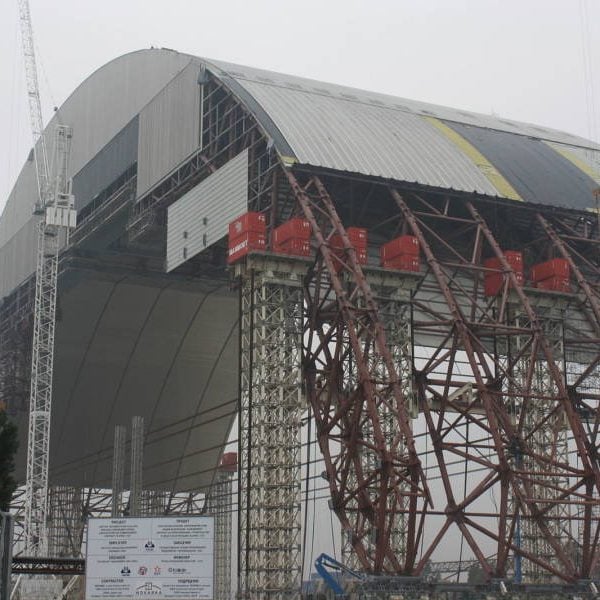
Because of this enclosure, a lot of radiation was contained. Eventually, the construction of another confinement was completed. However, it wasn’t done until November 2016 after the original temporary covering started to disintegrate. The project was funded by a European bank at the cost of $1.6 billion and 3,000 on-site workers.
Wildlife Begins to Return to Pripyat and the Exclusion Zone
In recent years, the Chernobyl Exclusion Zone (CEZ) has seen the re-emergence and resurgence of wildlife in the area. Researchers set up cameras so that they could observe what was happening in the area, and the area is proving to be fertile ground for wildlife to survive and even flourish.
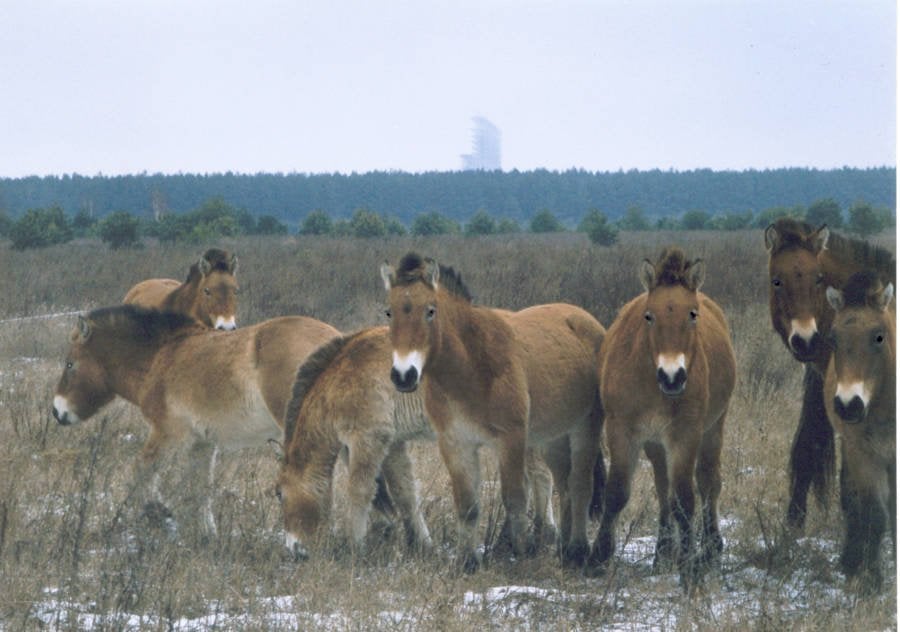
The cameras have spotted American mink, American river otter, white-tailed eagles, red deer, elk, wolves, and wild boar living in the 1,000 abandoned square miles. The ecosystem in the area is on the rise. Moreover, the area is a refuge for moose, lynx, bears, beavers, and wolves.
A Lasting Legacy of Fear
There have been other nuclear disasters since Chernobyl, but they can’t compare with what happened there. In fact, there has never again been a comparable nuclear disaster to that of Chernobyl. Moreover, the Chernobyl disaster left a legacy of nearly countless deaths, paranoia, fear, and generational birth defects that is unprecedented.
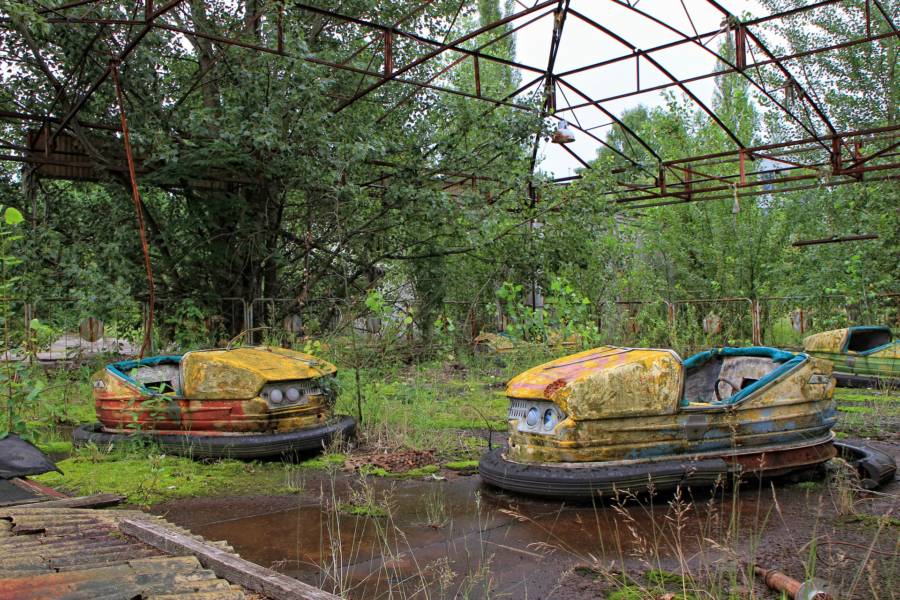
Many post-apocalyptic novels and films take inspiration from the Chernobyl disaster, and that’s to be expected. As of today, 33 years later, the true impact of this disaster is still unknown.
